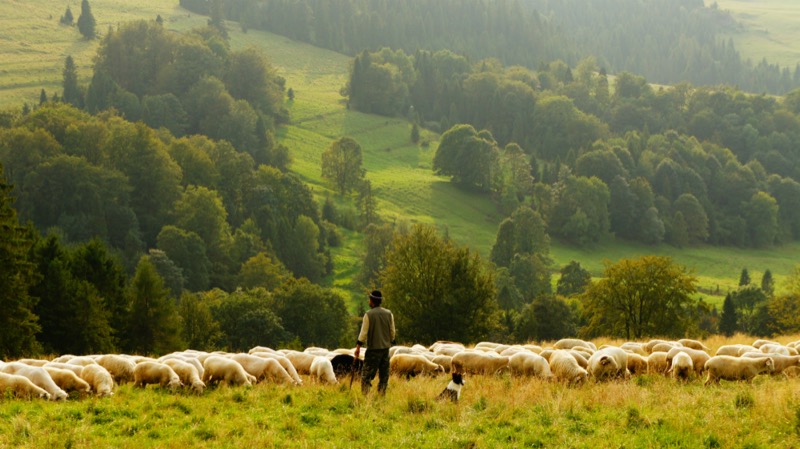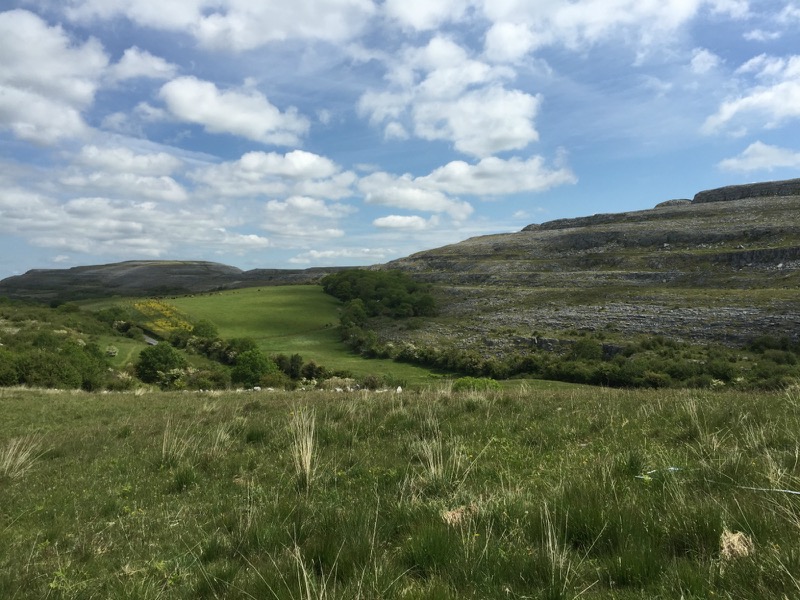Space Invaders: Non-Native Species are Transforming Grassland Ecosystems
Posted on: 17 July 2015
Non-native ‘space invaders’ are transforming the world’s precious grassland ecosystems, with new research showing that they do far better than native plant species in the presence of fertiliser and large herbivores like kangaroos, cows and elephants.
Grasslands occur over one third of the world’s ice-free land. We rely on them for food, for raising livestock for meat and dairy products, for supporting animal and plant biodiversity, and for removing carbon dioxide from the atmosphere.

Using data collected from 64 grasslands in 13 different countries around the world, scientists found that plant communities were six times more likely to be dominated by non-natives. And when fertiliser was added to these communities in controlled experiments the non-natives only increased their dominance while native species declined.
Fertilisation of grasslands is a common agricultural practice, and excess nitrogen (a fertiliser) is also deposited from the atmosphere as a result of fossil fuel burning.
Professor of Zoology in Trinity College Dublin’s School of Natural Sciences, Yvonne Buckley, is part of the team that made the discovery just reported in leading international journal Nature Communications.
She said: “Our results show that grassland biodiversity could shift even more significantly from native to introduced species in the coming years. One of many concerns with this scenario is that we cannot yet predict how the new mixes of species will affect ecosystem function. The non-native species that are dominating the grasslands are different to the native species – we’re seeing more short-lived species.”
“Some of these non-native species can actually be quite damaging – you might think that all plant species are equal, but some plant species are more equal than others!”
The findings strongly suggest that grassland ecology is affected by where its species come from. Due to the dominance of non-native species and to reductions in native biodiversity, this kind of geographic variety may not be the spice of life.
Professor Buckley has just established a new experimental site in the Burren in Co. Clare to assess the effects of fertilisation and grazing in Ireland’s most species-rich and ecologically valuable grassland.

She added: “We have a unique mix of species in the Burren grasslands so it is important to see if the global results are repeated here, and whether our grasslands respond similarly to Australian rangelands and European pastures.”
“Grasslands in Ireland form the basis of valuable dairy and beef industries. If these industries are to be sustainable in the long term, and co-exist with other landscape uses, we need to know how atmospheric nitrogen deposition, direct fertilisation, and grazing affect grassland biodiversity and ecosystem function.”
The paper can be viewed here.
Media Coverage
The Irish Times, Thursday July 16, 2015
Phys.Org, Friday July 17, 2015
